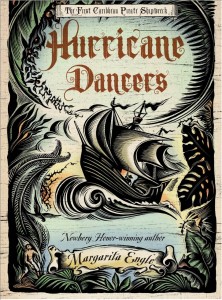My friend Garrett LOVES video games. I think he could talk about them all day! So he jumped at the chance to share some of his ideas with me. I started by asking him very generally- “What do you like about video games?” He answered my question with a question-“Well what kind of video games, Sarah?” He explained that there are many different genres of games and said that each game has its own “feel” as well as its own set of goals and central features.
I asked him to describe the features that most attract him to his favorite games. He said that he loves science fiction and fantasy books and movies, and that the games he likes take these genres to “another level.”
I think he explained very well: “Instead of reading from a third party perspective, you’re a part of the story. You take on the role of a character and you preform that character’s action. It is a totally different feeling than just reading or watching a story unfold- you can be much more actively involved in it.”
He elaborated further on the different ways that video game players can become engaged in the storyline: “In some games, there is an overarching storyline that your character is following, but you can change the way that story is created and change the way your character achieves their goals. In other games, the emphasis is less on a specific character or story- it’s more about immersing yourself in a new world, almost like a second reality.”
He also noted that video games require practice and willingness to examine your mistakes and create strategies- “When you’re playing video games, you can watch replays, figure out what went wrong, and practice specific strategies to help you get better. It actually reminds me of playing lacrosse, or even of preparing for tests in schools. Really competitive video gamers wake up early in the morning and practice, because if they don’t other people will learn new strategies and they’ll be left behind.”
A lot of what Garrett said echoed the ideas expressed in James Paul Gee’s article “Learning by design: good video games as learning machines.” Gee emphasizes that the interactive element of video games is essential in motivating players and making them feel invested- concepts that can be applied to learning. He writes, “Good learning requires that students feel like active agents (producers) not just passive recipients (consumers)”(p.6). Gee also discusses the important learning skills video games teach- like devising strategies, practicing, examining mistakes, etc. I think video games provide a model of skills and aspects of learning that can be applied to school, especially the idea of making learning enaging and interactive.


